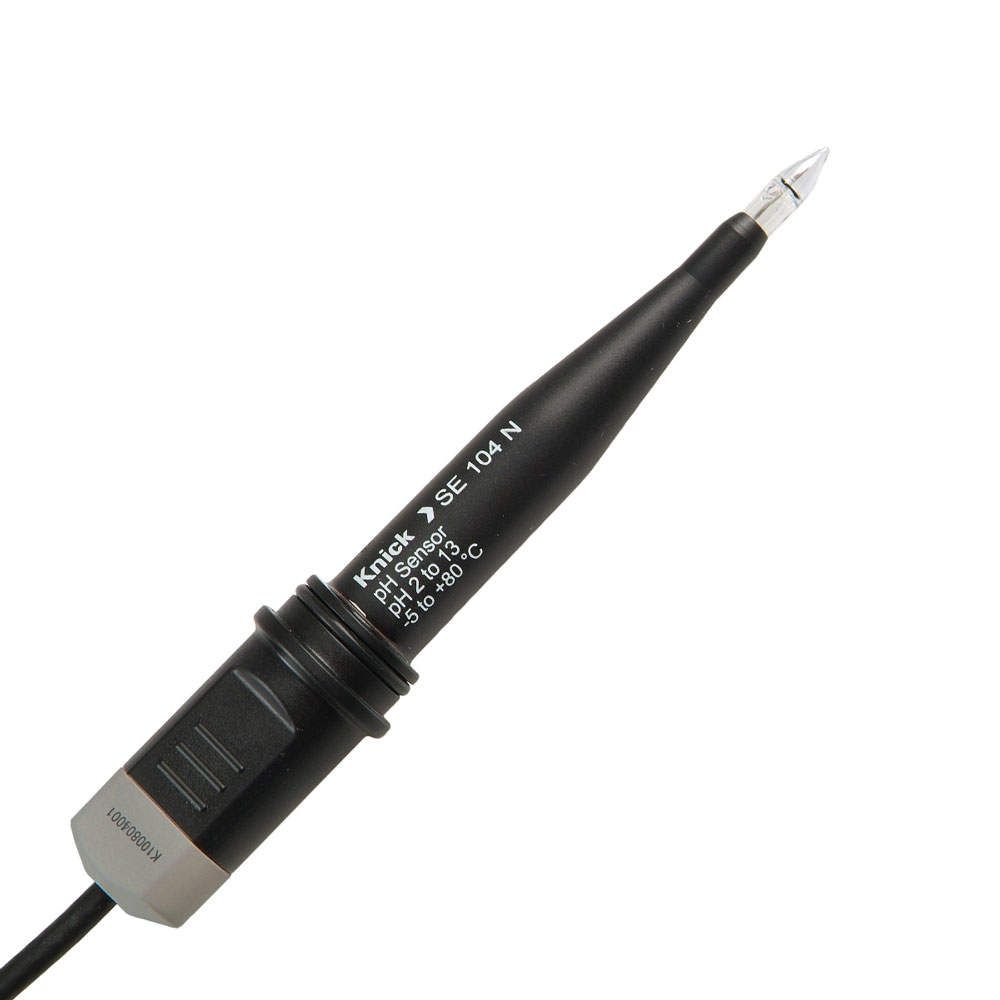The cookie is a small file that the site installs on your PC, mobile phone, or any other device, with information about your tour to this location. Cookies are necessary because they make it easier and more friendly browsing without harming your computer. Although this policy uses the generic term cookie because it isthe main method of recording the information he uses
the site is also used and the "Local Storage" browser for the same purposes as cookies. In this sense, all the information contained in this section is applied in the same way to this "Local Storage".
For what purpose are cookies used on this website?
Cookies are an essential part of our website's operation. The main purpose of our cookies is to improve your browsing experience. For example, cookies help us to record your preferences (language, country, etc.) during your tour and future visits. The information gathered in cookies allows, among other things, the improvement of the website through an assessment of the numbers and patterns of use, customizing the website to individual interests users, speeding up searches, In some cases, with your prior consent we can use cookies, labels, or other similar systems to receive information that allows us to show you from our website or third-party websites or any other means advertisements based on the analysis of your browsing habits.
For what purposes are NOT cookies used on this website?
We do not store cookies using sensitive personal identification information such as your address, keycode, credit or debit card details,
Who uses the information stored in cookies?
The information stored in the site's cookies we are used exclusively by us, except those who below will be defined as "third party cookies" that they use and managed by external companies to provide us with services we seek to improve our services and experience of the user while browsing our website.
The main services for those who use these "third party cookies" is the receipt of access statistics & the guarantee of realized payment transactions.
Technical and personalization cookies: identification and authentication, browsing, interface customization, favorite
These cookies are used to identify the user during the session so that the user does not have to repeat the authentication process on the web page, speed up some website processes, memorize the options made during the session or later accesses, or pages already visited by the user, etc.
| COOKIES |
PURPOSE |
DURATION |
MANAGEMENT |
| User Recognition |
They are used to authenticate the user.
It also contains technical data of the user session, such as logon time, login ID, etc. |
Operating Period |
Ours |
| Recognition fo Operation Session |
Recognizes the user's http session. Usually all applications recognize user requests in a session session. |
Session Operation |
Ours |
| Browsing Condition |
They allow you to recognize which browsing mode is the user (start session session, first page, first access, one-to-one status, state of a vote, etc.). |
Session Operation |
Ours |
| User Options |
They hold the session scheduling values selected by the user, such as store, language, currency, products, size, etc. |
Session Operation |
Ours |
| Protocolls |
Allows to manage changes between fields (secure https) and unsafe (http)
|
Session Operation |
Ours |
Internet Browsing Analysis Cookies |
| These cookies aggregate general information about user access to the website (not its content) to provide us with information about these accesses for statistical purposes. |
| COOKIES |
PURPOSE |
DURATION |
MANAGEMENT |
| Source WC_GASource |
It is used to know the origin of a user when he arrives at a page of this site.
For example, if you get to the product details page from a bunch of products,
or from the search engine or from an external page. |
Permanent |
Ours |
| COOKIES |
PURPOSE |
DURATION |
MANAGEMENT |
Google Analytics
(utma, utmb,
utmc, utmz...) |
They allow the website to be tracked through the Google Analytics tool, which is a service provided by Google to gather information about user accesses to websites.
Some of the saved items for later analyzes are: number of visits of the user to the site, dates of the first & last visit of the user, duration of the visits, which page the user went to the site, which search engine the user used to reach website or clicked link, from which part of the world the user had access to, etc.
The settings of these cookies are predefined by the service provided by Google.
That's why we recommend that you consult the Google Analytics Privacy Page
http://www.google.com/analytics/learn/privac y.html to get more information about the cookies it uses and how to disable it (we are not responsible for the content or reliability of third-party websites). |
Permanent |
Ours |


